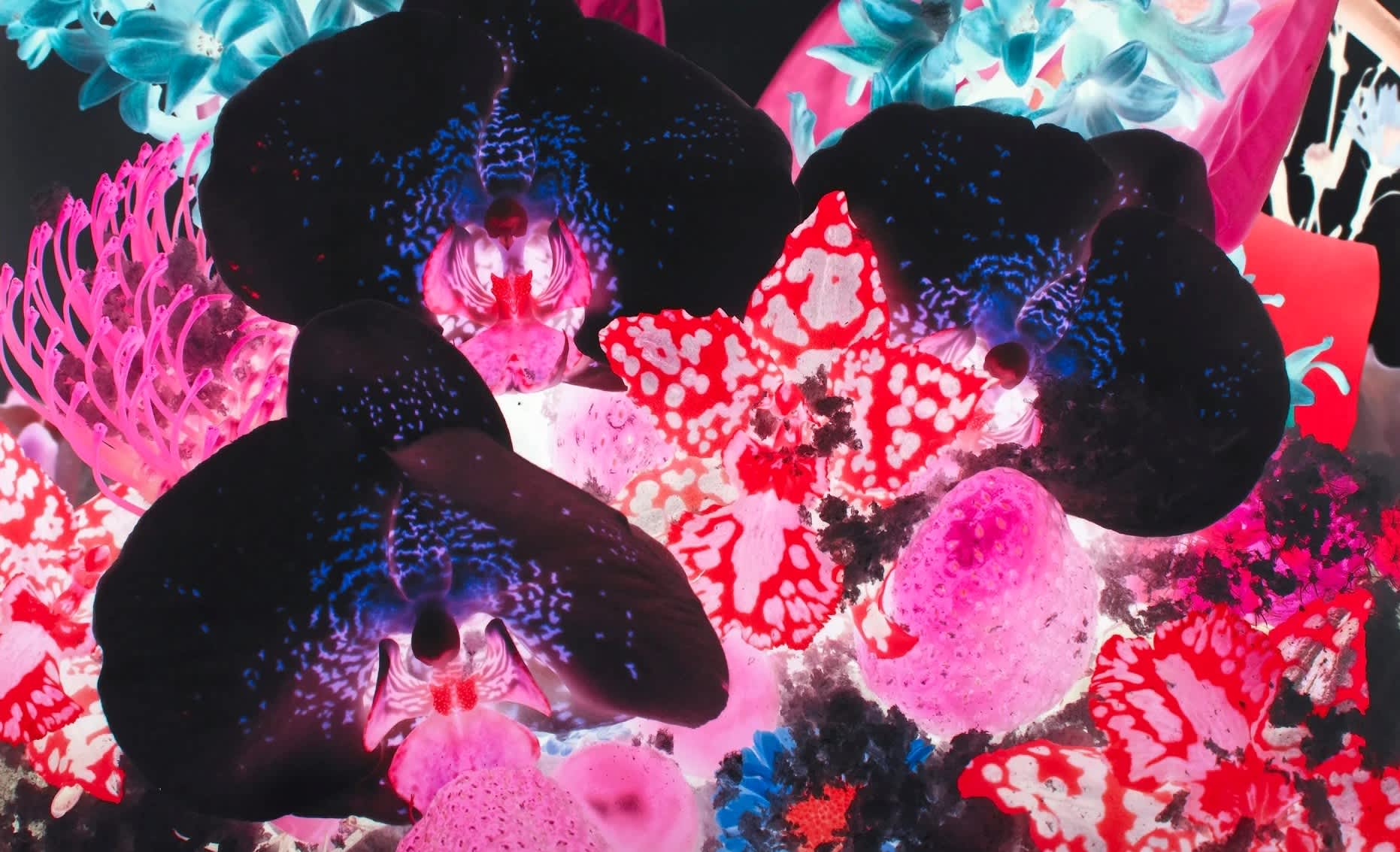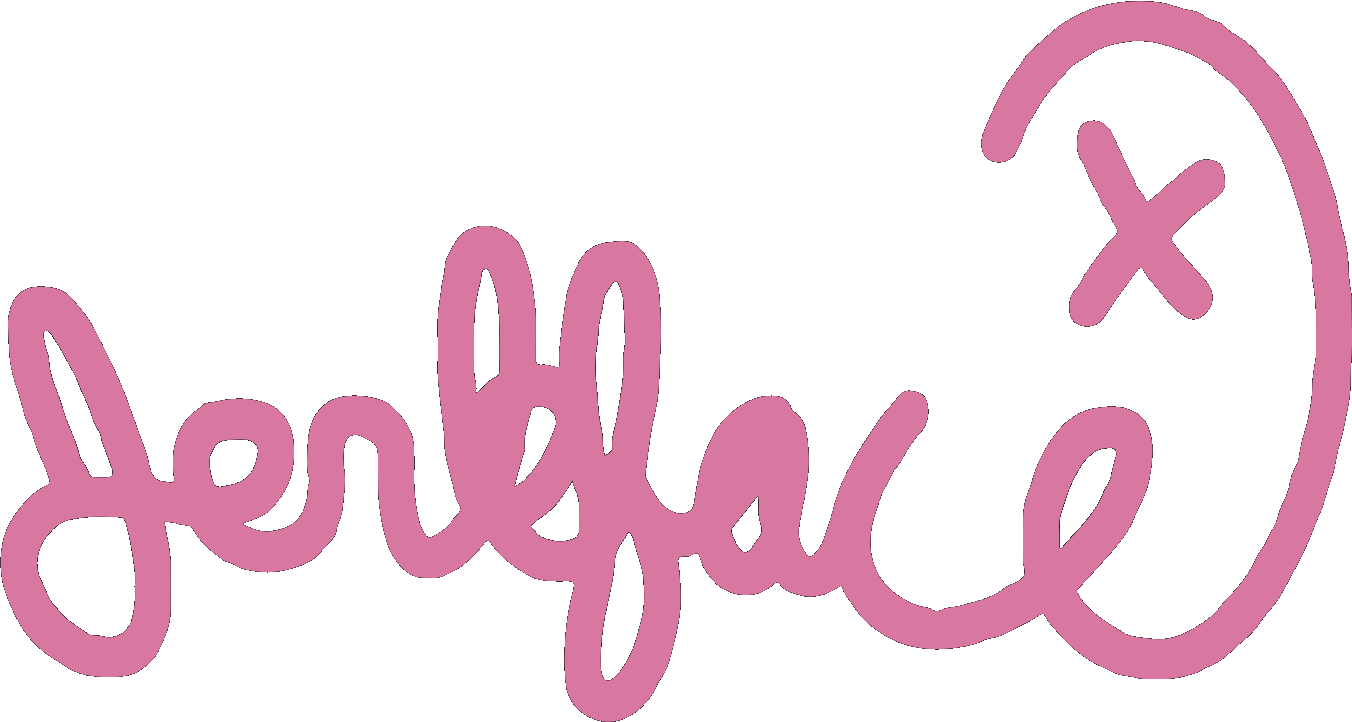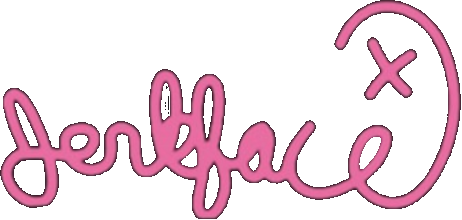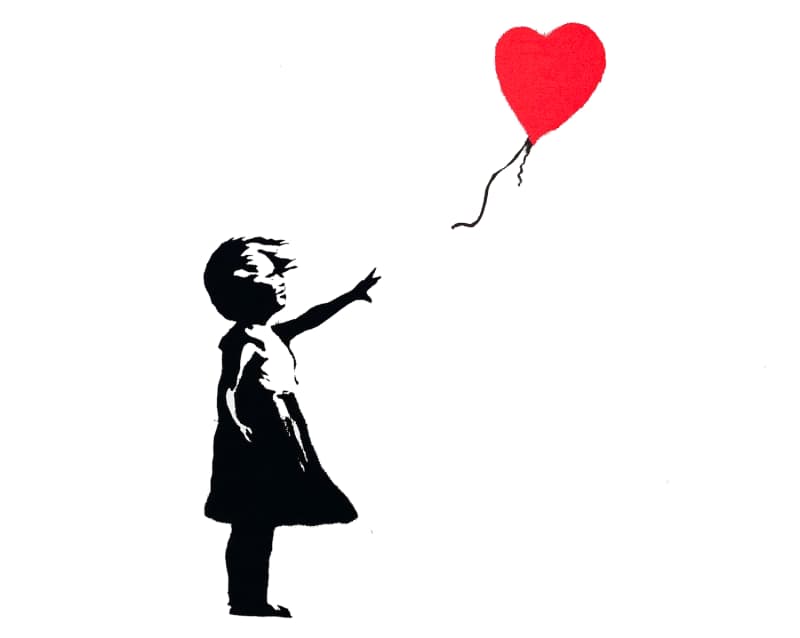Prints are valuable pieces of art in their own right. The majority of modern and contemporary artists have experimented with the medium, knowing how easily it can be adjusted to suit a huge range of styles; from blocky, colourful screen prints through to the subtle and soft textures of lithographs.
A common misconception is that prints are just reproductions of original artwork. While they can serve that function, in many print-making processes there is no 'original' to speak of, unless you count stencils, metal plates, or woodcuts. As a result, they are often worth considerably more than novice collectors realise. Their ultimate value depends on the usual factors - such as artist and medium (print type) - but there are other factors too, such as the size of a print run. To make intelligent decisions regarding your art collection or investment, it's important to understand the different techniques involved and what to watch out for when buying a print.
The different types of prints
The printmaking tradition has been around for centuries - over that time, we have discovered new techniques and materials. The many different types of prints fall into 6 major categories:
- Seriography (screen printing)
- Intaglio
- Relief
- Lithography
- Monotype
- Giclee
Seriography, or screen printing, is unusual among printmaking processes because the print isn't made from applying ink or paint to the surface of another material. It's made by pushing paint through a screen mesh and using stencils to define where the paint goes. Different colours are applied at different stages, and some artists choose to hand finish their screen prints to add brushstroke textures or other media. These types of prints are particularly popular among artists that want to use bold colours or paint textures in their work.
Intaglio is the umbrella term for a variety of printmaking processes including etching, engraving, mezzotint, aquatint, and drypoint. To make an intaglio print, the artist scratches a design into the surface of metal and in some cases, they may apply acid to the plate as well to 'bite' into the cuts and make them deeper (to allow for more ink). Once the plate is ready, ink is applied to the whole piece and then almost all of it is rubbed off so that it only stays in the recesses. The final stage involves using a press to push the ink out of the recesses onto a piece of paper to create compositions made up of fine lines, shading, and cross-hatching. Many of the most expensive prints ever sold are intaglio prints, such as Picasso's La Minotauromachie (sold for £1,273,000) and Edvard Munch's Young Girl on the Beach (sold for £2,100,000).
Relief prints are essentially the opposite of intaglio - in intaglio prints the ink is applied to the paper where the surface has been cut away, but in relief prints the uncut surface delivers the ink or paint. The most popular materials for print making are wood (woodcuts) and lino (linocuts) - the artist or craftsman will carve the material into a design and apply paint or ink to the surface to transfer it to another material. Most people have tried relief printmaking as children, making potato prints our first foray into art technology.
Lithography uses grease and water to separate the different areas of the print - an image is created using greasy materials on a grease-sensitive surface, and the rest of the surface is treated with water to repel ink. The resulting prints often have a texture like crayon or ink line and wash drawings. These prints in particular often look like hand-drawn pieces.
Monotypes are different from other prints since they're typically intended to only produce one piece (hence the prefix, mono). The artist paints directly onto the plate (which can be metal, plastic, glass, or any other similar material) and the plate is pressed against the paper to transfer the ink. The resulting piece is a mirror image of what the artist originally painted. Given that these are produced individually rather than in series, monotypes can be particularly valuable.
Giclee prints are the type that are most associated with reproduction of an 'original' image - it is also one of the newest printmaking techniques and relies on printers to create the image. Giclee printing involves spraying microscopic dots of ink onto the surface of paper or canvas.
As with any piece of artwork, the first consideration when purchasing is whether you have an interest or bond with the work. Many collectors use prints as a way to collect pieces from artists that may otherwise be out of budget. Others specifically choose to buy prints from a favourite artist to develop a more complete collection and provide an overview of the artist's entire practice or career. Many artists have used prints to test ideas and evolve their style in between the creation of other pieces.
Things to know when buying prints
One of the simplest ways to make a poor purchase is to buy the wrong 'type' of print. When not buying from reputable galleries, it's important to check the texture and line of a print to ensure that you're indeed buying a lithograph, screen print, or etching rather than a digital reproduction. It's easily checked by looking closely at the surface or even using a loupe - in a printed reproduction, you will often see dots or an overly smooth texture where paint would be raised or textured.
Paper quality can affect the value of a print but it can vary. Many printmakers have pushed for better quality paper, but Warhol preferred to use cheaper, thinner paper to reinforce that his work was meant to be enjoyed 'by the masses'.
When enquiring about your prints, it may be worth checking where the print was made. Some names to remember for contemporary prints are Paragon Press in London, which has worked with Harland Miller, Damien Hirst, and Marc Quinn, and Gemini GEL in LA.
Not all prints are signed - some artists like Warhol and Picasso used a stamp, while others have only initialled their work. Find out how your print was signed and numbered as this may have an impact on long-term value.
When you are acquiring your piece, make sure that you know:
- What type of print it is
- How large the print run was
- The number your edition is
- Whether it was hand finished or signed
- Whether it comes framed
When to buy prints
As with any piece of artwork, the first consideration when purchasing is whether you have an interest or bond with the work. Many collectors use prints as a way to collect pieces from artists that may otherwise be out of budget. Others specifically choose to buy prints from a favourite artist to develop a more complete collection and provide an overview of the artist's entire practice or career. Many artists have used prints to test ideas and evolve their style in between the creation of other pieces.







